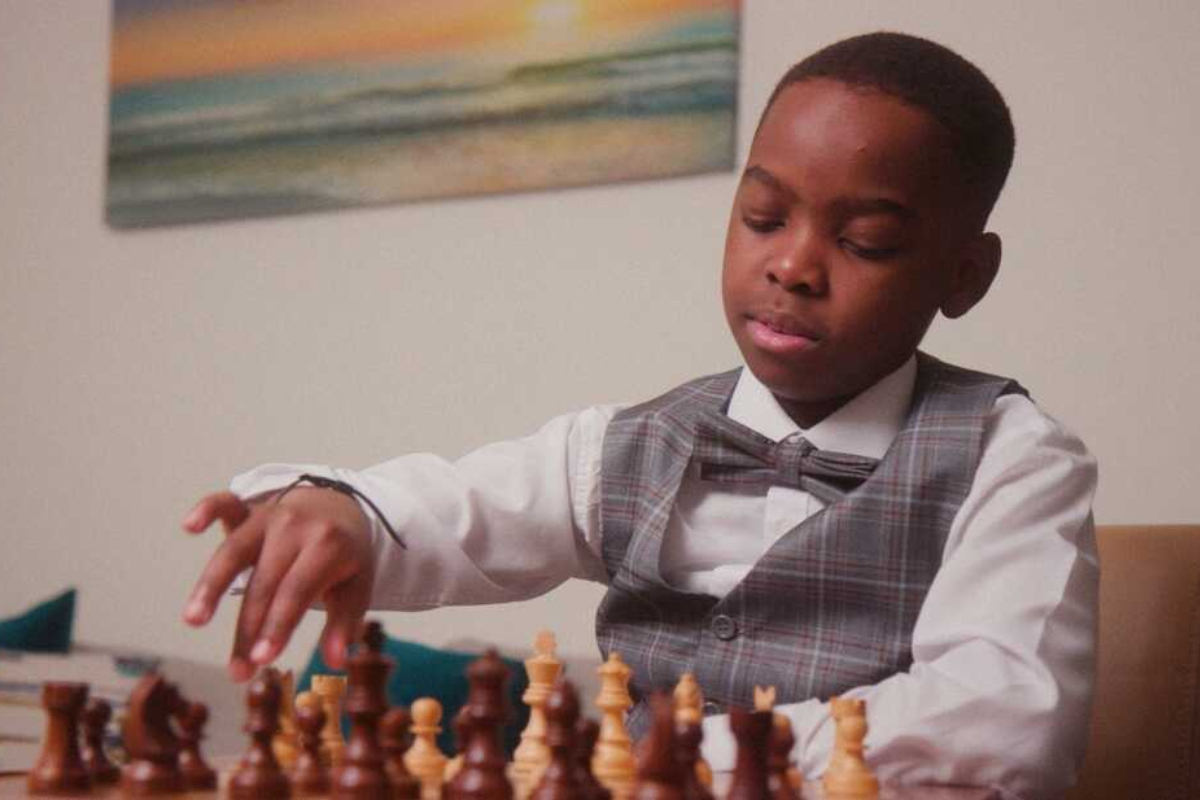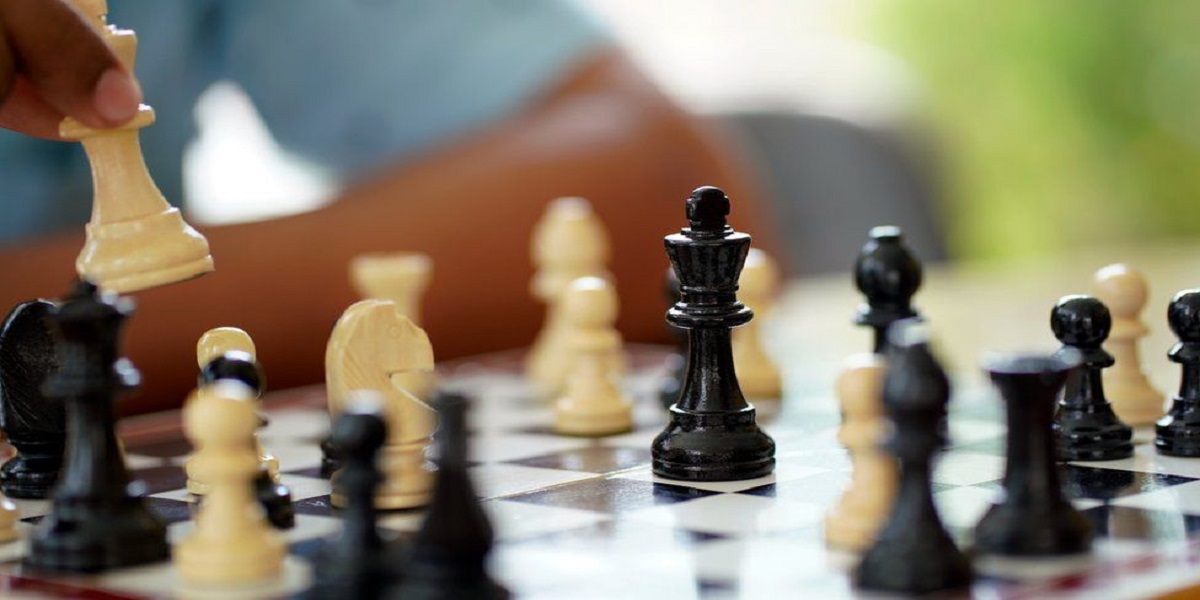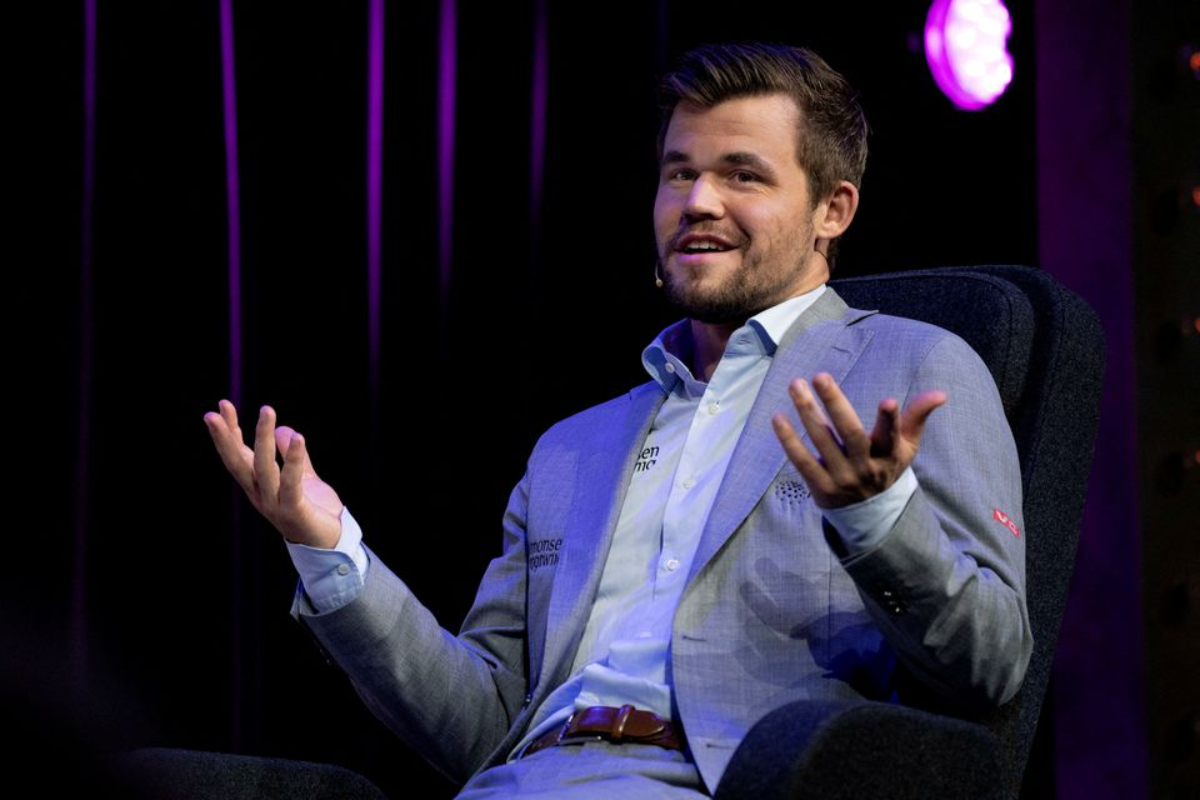- India’s first chess Olympiad since 2013 will be held in the southern Indian state of Tamil Nadu. The biennial team competition will take place from July 28 to August 10.
- India has been seeded second, just behind the United States, for this year’s event. The Online Chess Olympiad will be played over 10 days from July 29 to August 9.
- The opening and closing ceremonies will each have their own day.
The last time chess made national news was in 2013. After nearly a decade, marquee chess returns in the form of an Olympiad, which will take place from July 28 to August 10 in Mamallapuram, just outside Chennai in the southern Indian state of Tamil Nadu, with delegates from over 180 countries expected.
India has only won a medal in the biennial team competition once, a bronze in 2014. They finished third despite being seeded 19th.
This time, India is a serious contender, having been seeded second, just behind the United States, a testament to the country’s growing pool of strong, young grandmasters.
The Indian teams are led by a group of successful coaches and comprise some of the world’s most exciting talent, and are mentored by five-time world champion Viswanathan Anand.
At home, they will find themselves at the centre of attention.
Viswanathan Anand, a five-time world champion, coaches the Indian teams.
At the event, 30 Indian players will compete in six teams (three in the Open and three in the Women’s sections).
Over the last few weeks, they’ve been put together in team training sessions. Some have been away competing in tournaments and are still suffering from jet lag. The euphoria and pressure of a major home tournament may not have yet set in.
Pentala Harikrishna, Vidit Gujrathi, K Sasikiran, SL Narayanan, and Arjun Erigaisi are on the first Open team, but it’s the “B” team that has a more interesting lineup.
The guidelines
No team plays the same opponent more than once, and the difference in match points between two paired teams should be zero or as close to zero as possible.
The “A” teams usually have the highest-rated players in a country, while the “B” team has the second-best lineup.
Matches are scored in points, with two for a win, one for a draw, and no points for a loss.
The competition is split into two categories: open and women. To encourage competition, Open is open to players of both genders.
line
It’s seeded 11th and features some of India’s brightest teen grandmasters, including R Praggnanandhaa, D Gukesh, Nihal Sarin, Raunak Sadhwani, and B Adhiban, the 2014 medal edition warhorse.
“It’s not often that we have a really strong “B” team that could very well win us a medal,” says Indian coach Srinath Narayanan.
“If we assume there won’t be any last-minute health scares,” he says, “we’re in with a good chance.” “The full weight of expectations has yet to fall on the players. Only near the end will the pressure become unbearable.”
The opening and closing ceremonies will each have their own day, and the matches will take place from July 29 to August 9. The matches will be played over 11 rounds with a rest day in between, and each team will have four players plus a reserve.
The Indian women’s team, which includes two of the country’s best players – Koneru Humpy and a heavily pregnant Harika Dronavalli – is seeded first and is expected to finish on the podium. Tania Sachdev, R Vaishali, and Bhakti Kulkarni are also on the list.
Koneru Humpy is a key member of India’s women’s team.
In the first two editions of the Online Olympiad, which was played with faster time controls over the past two pandemic-ravaged years, India finished among the medalists. It cannot, however, be compared to the classical chess Olympiad, which is held every two years and will soon begin in Chennai.
A host country typically has a couple of years to prepare for such a large event. India, stepping in as last-minute hosts in the aftermath of the Russia-Ukraine conflict, has only had four months.
The Tamil Nadu state government responded quickly with a $10 million (£8.3 million) surety bid, and the All India Chess Federation (AICF) has been working all hours to accommodate over 1,700 players for the 10-day event.
The Indian adolescent who beat a world champion
On Sunday, an open tournament with approximately 1,400 domestic participants was held to test the venue and its electronic chess boards.
Teams from all over the world have been arriving in Chennai, where this edition’s mascot Thambi (little brother in Tamil) – a ubiquitous veshti-sattai (dhoti-shirt) clad knight – has been greeting them at the airport and holding their gaze from billboards.
Powerhouses Russia and China will be absent from this Olympiad, but almost all of the other top nations will be represented.
Magnus Carlsen of Norway is the world number one. He’s coming off a massive announcement that he’ll be skipping next year’s World Championship after five consecutive titles.
The 2013 match between Anand and Carlsen piqued the interest of a new generation of Indian chess players.
In fact, for Carlsen, Chennai was the site of his first World Championship victory over defending champion Anand in 2013.
It was also the match that sparked the interest of a new generation of Indian chess players. Some of the country’s most promising grandmasters today were seven or eight-year-old boys who sat wide-eyed at the match’s five-star hotel venue.
During the match, the lobby of the Hyatt Regency hotel looked like a chess tournament, with boards spread out across floors and laps and kids hunched over them or busy working on puzzles.
Praggnanandhaa and Nihal were among them. Around the same time, the latter won the national under-nine championship in Chennai. Being in the vicinity of a major competition at an impressionable age, witnessing a 20-something Carlsen take over as chess’ new world champion, may have had a lasting impact.
For Grandmaster Srinath, the 1995 World Championship match between Garry Kasparov and Anand changed his life. “My father fell in love with chess after watching that match on TV. It was then that he decided he wanted me to participate in the sport “he claims “I was a year old at the time.”
The organisers of this Olympiad, which is being held in India for the first time, have been on a publicity frenzy. The Napier Bridge, one of Chennai’s most recognisable structures, now has the chequered appearance of a chess board. Thambi can be found on milk cartons, and the event’s hashtags are trending on social media.
The Olympics may attract a new generation of young sports fans.
Since the pandemic, chess has evolved into a sport with a massive online following on YouTube and Twitch streams. The style of story-telling has recently evolved, becoming more conversational and less formal in order to attract new followers. This Olympiad stands to reap its dividends.
With the effects of the World Championship in India wearing thin after nine years, a refresher of a major event is in order.
This season could end in a historic finish for the home team. Regardless, a generation of young casual Indian sports fans bred on cricket and European football might suddenly find chess ambushing their social media feeds over the next week and a half.
It might just be a good enough reason for them to get to know their country’s best chess players by name.
[embedpost slug=”/fear-and-suspicion-as-ukraine-hunts-for-traitors-in-the-east/”]
Read more




